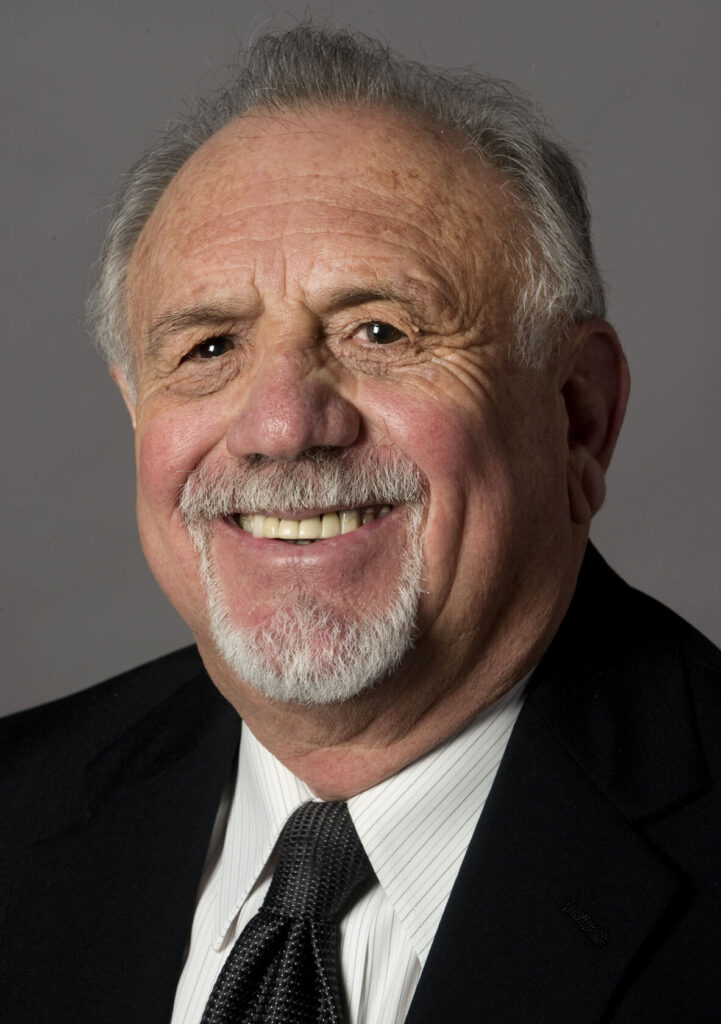Public agencies should lead and clean up their ACT first | OPINION

Jeff Cummings
In 2023, the Colorado Air Quality Control Commission adopted an Advanced Clean Truck (ACT) rule. This rule will take effect in 2027 and require a certain percentage of all new truck sales to be zero-emission vehicles (ZEV), electric or hydrogen. These vehicles are two to three times as expensive as a new, low-emitting diesel and have other challenges such as weighing significantly more, having limited range, requiring substantial time and power for charging, and more. The onus of this rule will fall greatest on Colorado truck dealerships and private-sector fleets, who are the sellers and major purchasers of new trucks.
The Colorado ACT rule is almost identical to one adopted by the California Air Resources Board in 2021. The mandated percentages of new truck sales will take effect in 2025. The adverse effect of the new rule on business is already evident in California, where new heavy-duty truck sales have dropped by more than 50%.
Though public officials supporting these rules may have been sincere about improving air quality and reducing greenhouse gases, the reality is the state and many of those same communities happen to operate some of the highest-emitting vehicles in the state today. Further, through their contracts for projects and public works, they support many of the highest-emitting trucks traveling to public job sites today.
Stay up to speed: Sign up for daily opinion in your inbox Monday-Friday
The effect of older trucks and buses on air quality is substantial.
In fact, 75% of the on-road diesel emissions are generated by trucks and buses manufactured in 2009 and older. These vehicles emit anywhere from 10 to 60 times the emissions of a 2018 or newer truck or bus.
What many may not realize is before the California Air Resources Board (CARB) considered its Advanced Clean Truck Rule several years earlier, the state adopted a Fleet Rule for Public Agencies and Utilities aimed at reducing diesel emissions by heavy-duty vehicles in public agency fleets and utilities. You see, the CARB recognized state and local government should lead the way, and they also realized some of the largest fleets in the state were public operations. Based on this, they enacted a rule that required all public fleet vehicles (with some exceptions) to meet the EPA 2007 emission standards by Jan. 1, 2012. This rule led to a substantial reduction in diesel emissions by removing these older vehicles. They followed this in 2021 when they passed a measure requiring all public fleets’ vehicles meet the 2010 EPA standard by Jan. 1, 2023.
Due to California’s implementation of that rule, many of the highest emitting vehicles (pre-2010) in public fleets were replaced with newer, cleaner units (post-2018 vehicles). In contrast, Colorado is estimated to have several thousand high-emitting (pre-2010) trucks, transit vehicles and school buses in public fleets across the state today. A substantial number of these large diesel vehicles do not even meet the 2007 EPA emission standard; even more, they fail to meet the EPA 2010 standard.
Like California, Colorado has a number of large public fleets. A recent report by the Colorado Energy Office indicated Colorado’s state and local governments, along with transit authorities and school districts, could make a significant contribution toward improving air quality because they own about half of the vehicles in the 100 largest fleets in Colorado.
One can’t entirely fault public bodies for having a number of older high-emitting vehicles as these public bodies have limited budgets, and purchasing new equipment is expensive. What is different, though, is California made a conscientious effort through their public fleet rule to phase out older vehicles in those public fleets before they sought to impose the expensive ACT mandate on both private and public fleets. Based on the lack of a public fleet rule similar to California, Colorado residents can anticipate many high-emitting vehicles in Colorado’s public fleets or private contractor fleets working on public projects today will continue to operate and spew excessive emissions for many years.
Compared to Colorado’s public fleets, Colorado’s larger private fleets are made up of newer, low-emitting trucks with an average age below 10 years. Those fleets have very few, if any, high-emitter trucks from 2007 and older.
The reality is the state can achieve much greater emission reductions in a shorter period of time by implementing a Public Fleet Rule as California did, than with the ACT rule. If those public agencies even scrapped and replaced 500 of these older (pre-2010) trucks and buses in their fleets or those of their contractors working on government projects with a new or used low-emission diesel truck from 2018 or newer, it would translate into an emission reduction equivalent to removing 5,000 to 20,000 newer trucks.
Gov. Polis has indicated government should lead the way and set an example for others. We agree. We encourage the governor and AQCC to consider implementing a Public Fleet Rule now and deferring implementation or rescinding the costly and problematic ACT rule, until many of the issues surrounding zero-emission vehicles are resolved.
Jeff Cummings is president and chief executive of Duffy Crane and Hauling which is one of Colorado’s oldest companies. Cummings is a former chairman of the board for the Colorado Motor Carriers Association and now serves as chair of its Legislative and Governmental Affairs Committee.











